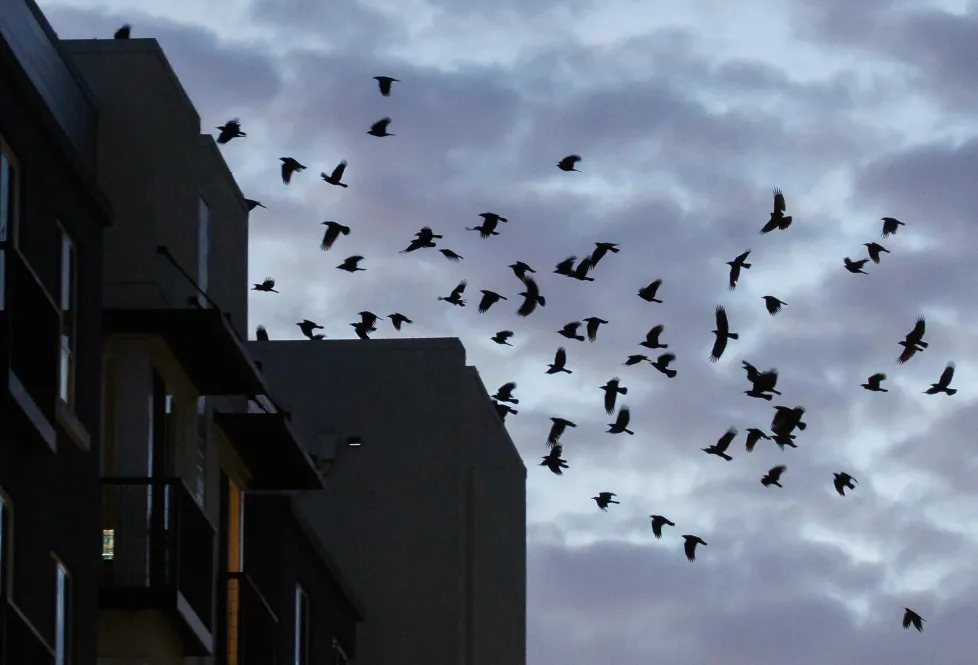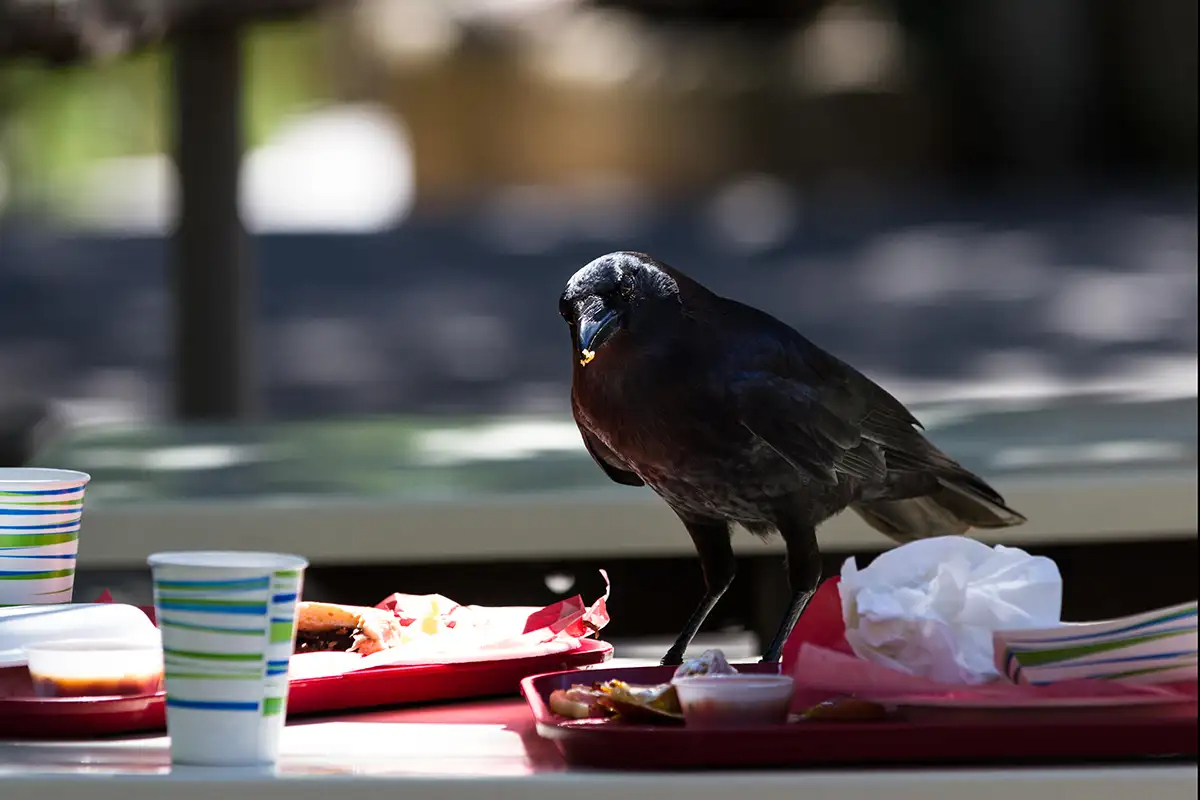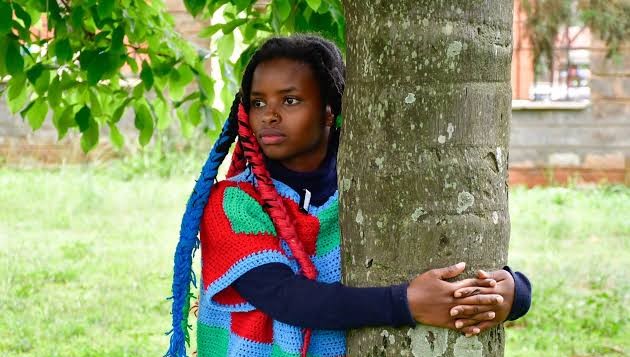- Crows are yet spectacular creatures because the benefits they bring to the environment precede the wrongs they are accused of. Why the feud?
- Rooks also appreciate artificial lighting since they feel safest from their main nocturnal predators: owls.
Crows are misunderstood and abhorred by humans, a hate born of several factors, including them being long viewed as an omen of death, their all-black “attire” creating a mysterious aura. They are generally regarded as spooky, after all, a roost is called a murder of crows.
Crows are yet spectacular creatures because the benefits they bring to the environment precede the wrongs they are accused of. Why the feud?
These birds are key members of the environmental cleaning crew, a responsibility fuelled by an appetite for trash, and their preference to occupy urban areas adds the icing on the cake.
They are also brilliant since they possess a significantly advanced brain, occasioning their cognitive competence to even hold grudges.
Crows are among the very few animals that are not adversely intimidated by extinction as only the Mariana crow species has been regarded critically endangered.
Read More
Interact with citified areas, and you will definitely encounter a few, if not roosts, flying overhead. This is because crows thrive in the habitats we create –squalid and bustling environments.

They fancy the cities owing to the fact that there is trash in abundance, courtesy of human negligence, food waste in compost, and infrastructure, hence a warmer scene compared to the rural areas.
Rooks also appreciate artificial lighting since they feel safest from their main nocturnal predators: owls.
Owing to their intellect, crows can decipher emotions, and they take this seriously as they hold “funerals” for their dead fellows, according to the National Audubon Society. These misread birds often gather around the departed and caw, all in an effort to decrypt the events surrounding the death of their member, ensuring they don’t succumb to the same fate.

Kenya Wildlife Services formulated an aim on June 7, 2024, to eliminate 1 million house crows by December 31, 2024. A move goaded by the need to eradicate them as a nuisance to the public and an ailment to local bird population.






